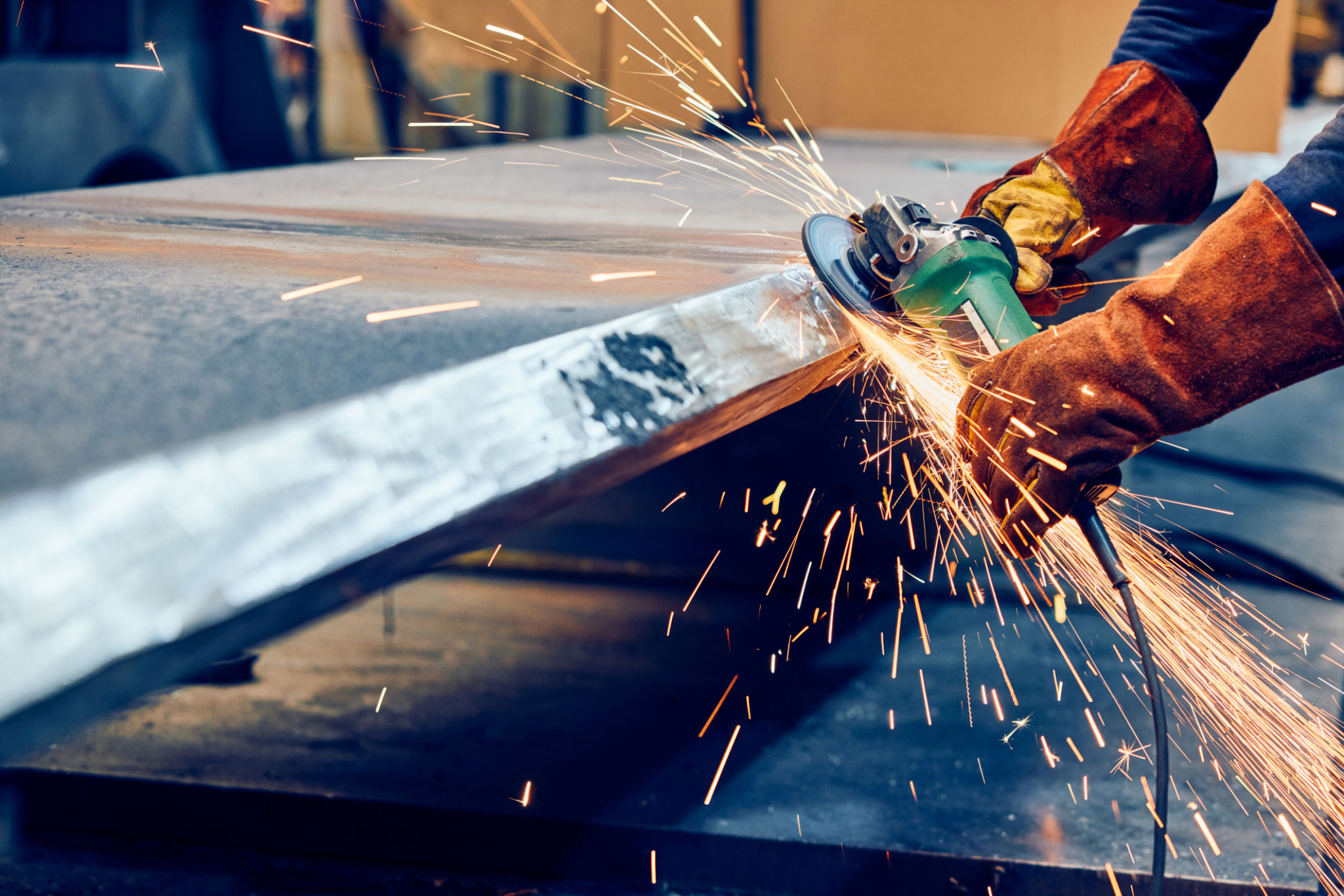Innovations in Metal Fabrication: Trends to Watch in the Industry
Understanding the Evolution in Metal Fabrication
Metal fabrication has undergone significant transformations over the past few decades. As the industry embraces new technologies, it is essential to understand the driving forces behind these changes. Advances in automation, precision engineering, and materials science have all contributed to a more efficient and innovative sector. Companies that adapt to these trends are better positioned to enhance their productivity and competitiveness.

Automation: The Future of Fabrication
Automation stands at the forefront of innovations in metal fabrication. The integration of robotic systems and automated machinery has streamlined processes, allowing for higher precision and faster production times. This not only reduces labor costs but also minimizes human error, ensuring consistent quality. As technologies continue to evolve, the use of artificial intelligence in fabricating processes is expected to rise, offering even greater advancements.
Advancements in 3D Printing
The rapid growth of 3D printing technology is revolutionizing the metal fabrication industry. 3D printing allows for the creation of complex geometries that were previously impossible or costly to produce using traditional methods. This innovation enables custom solutions and rapid prototyping, significantly reducing the time from design to production. Metal 3D printing is particularly beneficial for industries such as aerospace, automotive, and medical devices, where precision and customization are crucial.

Material Innovations: Exploring New Frontiers
Metal fabrication is not just about new machinery; it’s also about new materials. The development of high-strength alloys and lightweight metals is transforming how products are designed and fabricated. These materials offer improved durability, corrosion resistance, and better overall performance. As a result, industries are able to produce more sustainable and efficient products, pushing the boundaries of what’s possible.
The Role of Data Analytics
Data analytics is becoming increasingly important in metal fabrication, providing insights that drive decision-making and process optimization. By analyzing production data, companies can identify bottlenecks, predict maintenance needs, and improve overall efficiency. This data-driven approach enables fabricators to fine-tune their operations and reduce waste, leading to notable cost savings.

Sustainability and Environmental Considerations
As environmental concerns rise globally, metal fabrication companies are focusing on sustainable practices. This involves reducing energy consumption, minimizing waste, and recycling materials wherever possible. Innovations in green technology within the fabrication process are helping companies reduce their environmental footprint while meeting regulatory standards.
The Impact of Collaborative Robotics
Collaborative robots, or cobots, are changing the landscape of metal fabrication by working alongside human operators. These robots enhance productivity by handling repetitive tasks while allowing skilled workers to focus on more complex operations. Cobots are designed with safety features that make them ideal for integration into existing workflows without significant reconfiguration.

Looking Ahead: The Future of Metal Fabrication
The future of metal fabrication looks promising as technological advancements continue to shape the industry. Companies investing in research and development are likely to lead the charge in innovation, creating new products and processes that redefine what's possible. By staying ahead of these trends, businesses can maintain a competitive edge in an ever-evolving market.
